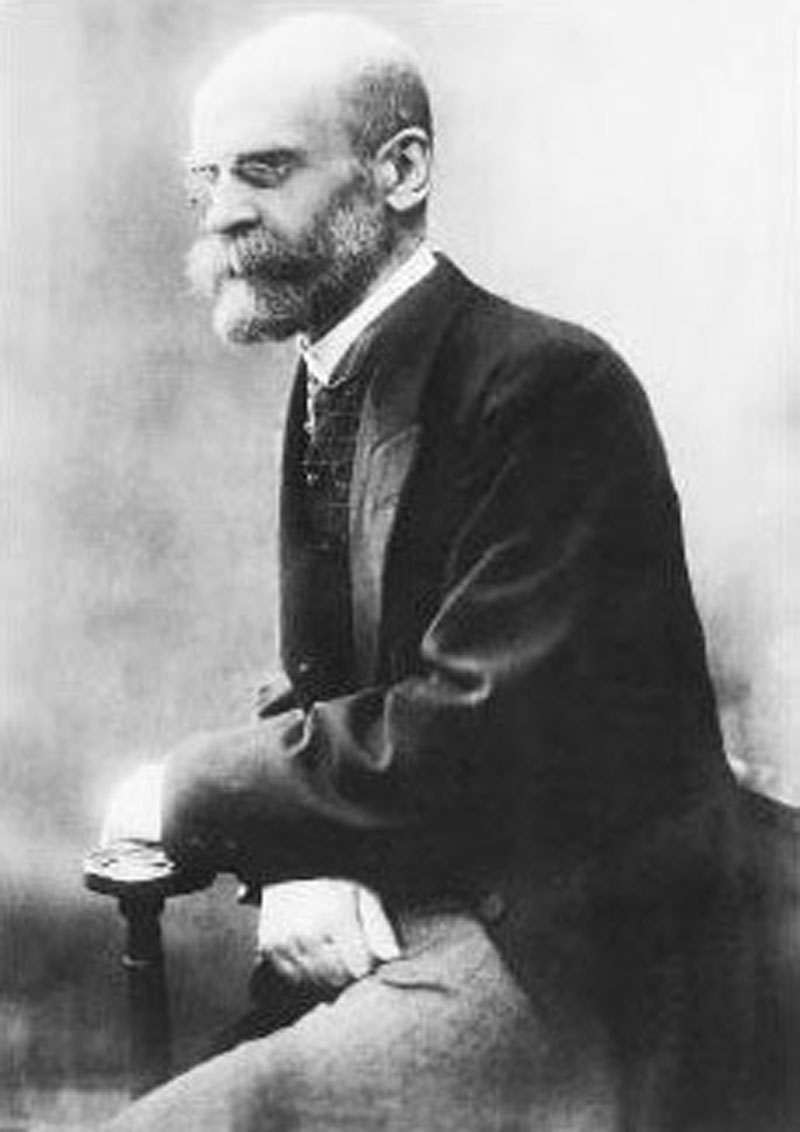Social Structure and Inequity
Theory of Social Structure
- Social structure is the patterned social arrangements in society that are both emergent from and determinant of the actions of the individuals.
- Macrosociology is an approach to sociology which emphasizes the analysis of social systems and populations on a large scale, at the level of social structure.
- Based on interpretative analysis rather than statistical or empirical observation, microsociology is one of the main focuses of sociology. It is concerned with the nature of everyday human social interactions and agency on a small scale.
- Functionalism is a theoretical framework that sees society as a complex system whose parts work together to promote solidarity and stability. It addresses society as a whole in terms of the function of its constituent elements; namely norms, customs, traditions, and institutions.
- Manifest functions are the consequences that people observe or expect. It is explicitly stated and understood by the participants in the relevant action.
- Latent functions are those that are neither recognized nor intended. A latent function of a behavior is not explicitly stated, recognized, or intended by the people involved.
- Dysfunctions are disruptions of social life, which can be manifest or latent. They are unintended or unrecognized and have a negative effect on society.
- Conflict theories are perspectives in sociology and social psychology that emphasize the social, political, or material inequality of a social group or that critique the broad socio-political system.
- According to the perspectives of symbolic interactionism, humans do not respond to reality directly but rather to the social understanding of reality. People act toward things based on the meaning those things have for them, and these meanings are derived from social interaction and modified through interpretation.
- Institutions are stable, valued, recurring patterns of behavior. As structures or mechanisms of social order, they govern the behavior of a set of individuals within a given community, transcending individuals and intentions by mediating the rules that govern living behavior.

Émile Durkheim argued that complex societies are held together by organic solidarity, i.e. 'social bonds, based on specialization and interdependence, that are strong among members of industrial societies'.